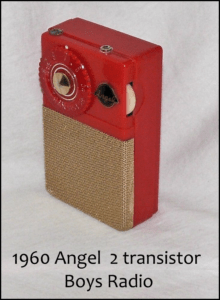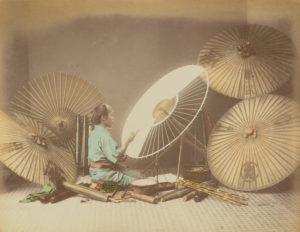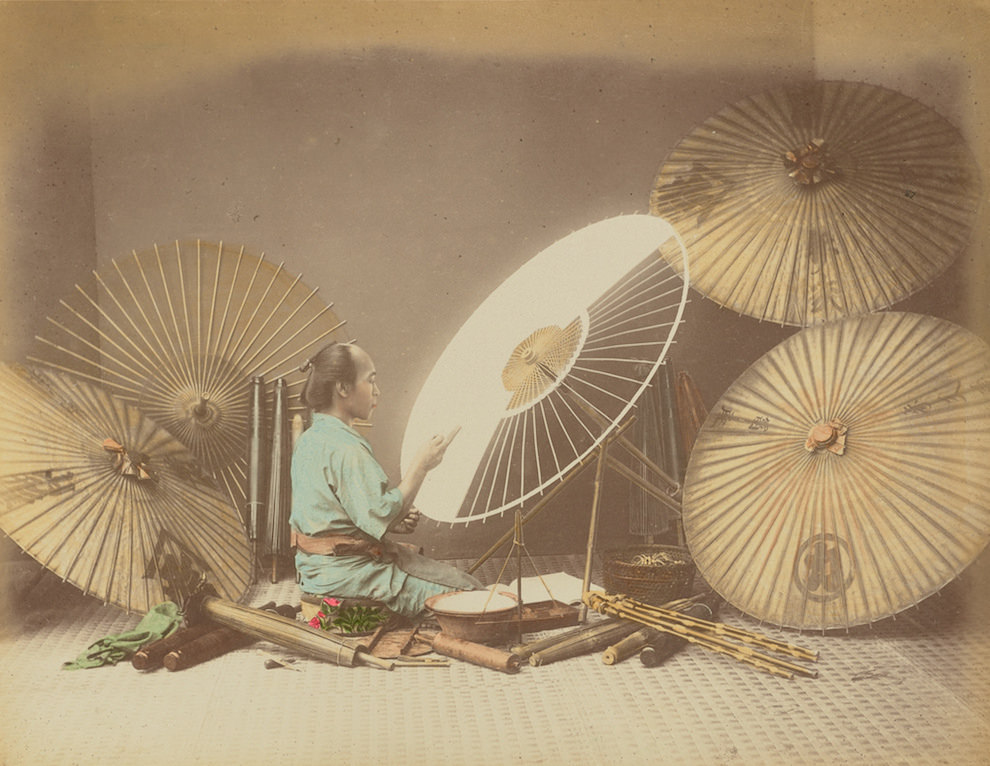If, like me, you were raised in North America during the sixties,someone in your gang of buddies probably had a cheap, Japanese, 2 transistor Boys radio. And if, like me, you were awestruck just looking at guitars before you even touched, or tried playing one, you probably spent a lot of time at the RadioShack staring at a cheap, Japanese Teisco Del Ray wondering what all those switches did. Maybe an older brother had a cheap, Japanese Panasonic “stereo component system” or you got a cheap, Japanese Schwinn bike for your paper route.

You’ll no doubt notice the common denominator here. Aside from just being cheap, it didn’t take long to figure out that the radio didn’t work as well as the one in the big stereo console in the living room, or that only a musical genius like Ry Cooder could appreciate the value of those guitars. You were likely not much impressed with Japanese products.
And then the seventies came in with Takamine and Yamaha and the Sony Walkman and TEAC home recording stuff, and the cute hippie girls had Honda Civics (and tough boyfriends.) You discovered that soldiers coming home from Asia had Japanese electronics and cameras that were top quality. Years later you discovered that there had always been a tradition of craftsmanship in Japan and that what was sent into the export market to fulfill a niche for cheap products was deliberately and remarkably different from what was produced for the Japanese domestic market.
Today there is a kind of revival of craft in Japan with a number of young people serving apprenticeships in the traditional way and then incorporating what they learn into a new, modern aesthetic. In her book Made In Japan, author Naomi Pollock defines modern Japanese craft design as having four attributes. Monozukuri is a Japanese word that literally translates as just making things, but which connotes to Japanese people “the commitment by the designer and manufacturer to do their best possible work by refining and redesigning repeatedly.”
Household goods are designed to be compact and easy to store because of the space limitations of housing in Japan. Portability is essential because rooms in houses are used differently according to season; what is the bedroom in winter might be too hot in summer, so furnishings need to be easily moved.
Sustainability is not really a new idea, here or anywhere, but is thankfully becoming popular again as folks consider the effect our consumer choices have on the environment. I don’t believe that Japanese crafts were ever more durable or longer lasting than crafts from other countries, but that real crafts from anywhere were designed and made to be durable. Japanese craftspeople may just have a bit longer tradition and a more solid generation to generation connection than their western counterparts.

umbrella maker hand painted photo from the late 1800’s
So, a commitment to quality, compactness, portability, and sustainability.
At Japan Eight and our internet market TAKUMI, we want to promote products crafted in Japan as an antidote to mass produced, disposable goods. We believe craftsmanship has intrinsic value for both the maker and the user. This includes products that are traditionally thought of as crafts like pottery and lacquerware, but also food products and sundries crafted in traditional ways and with a craft aesthetic.
There is a wonderful collection of videos about Japanese crafts on YouTube. You can find it by searching for TEWAZA, which is 手技 in kanji. My favorites are the videos on marquetry and joinery, but they’re all good. What comes across in all the videos is the passing down through several generations of the techniques, and the sense of duty craftspeople have to both maintain the craft and expand on it, in both technique and style. We hope you have the opportunity to experience real Japanese craftsmanship, and that we can do something to make that happen.




Comments